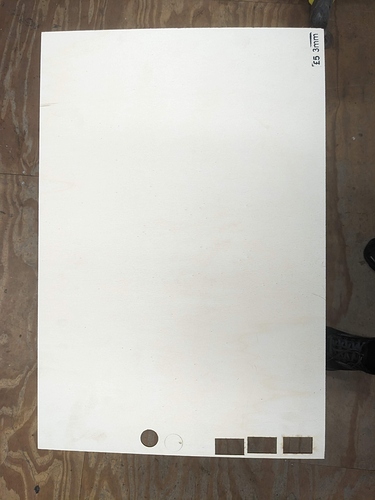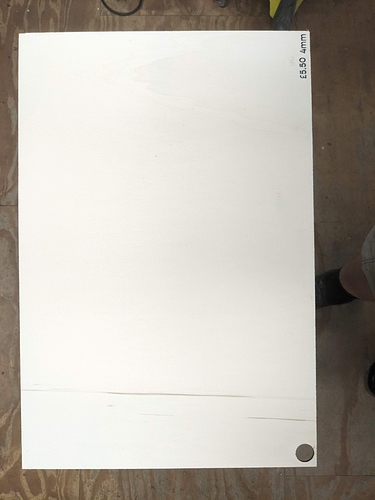Just to set the context:
All JobControl settings were imported when Ruby was set up.
Ruby doesn’t group them by user, so we needed up with a BIG list.
Reducing the clutter:
Kyle did an analysis and found that most duplicated settings were identical.
So, with the agreement of the Ruby users, we could remove all duplicate settings.
More useful settings
I have given some thought to a naming structure that would provide much more clarity.
Ruby allows for a name and tags, and both are searchable (but only the name is visible in the drop-down!).
So a proposed naming convention would have to include the material, thickness and what it does (cut, engrave, both or something more).
However, there is no way to enforce it.
Official settings
We could apply a mutually-agreed-upon naming structure to create “official” settings.
This would greatly assist new users.
The task is quite overwhelming, however, as we have no source for good settings.
We would have to create new settings for every common combination of material and thickness.
Perhaps one way around this would be to make this a collaborative process:
- User A looks for an “official” setting for their specific material and thickness.
- They don’t find one.
- They use another material setting created by another user, and it works.
- They report the material setting that they used to the laser techs.
- The laser techs make this the official one by making a copy and renaming it.
Default
The way that Ruby deals with material setting selection is not very good.
On my own install I found a way to do an empty setting as a default.
It requires an admin login, so I’ll do it when I am next in.






